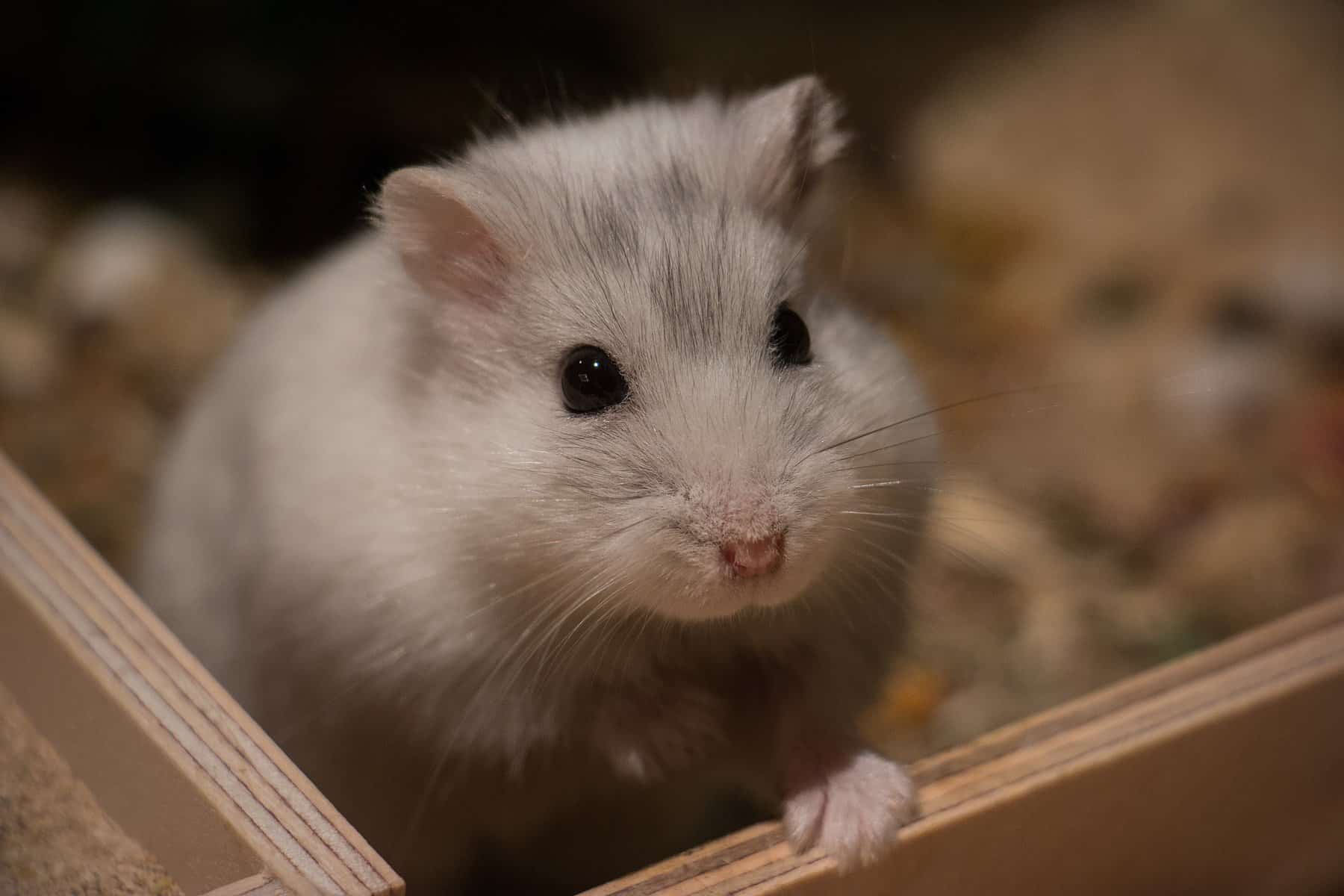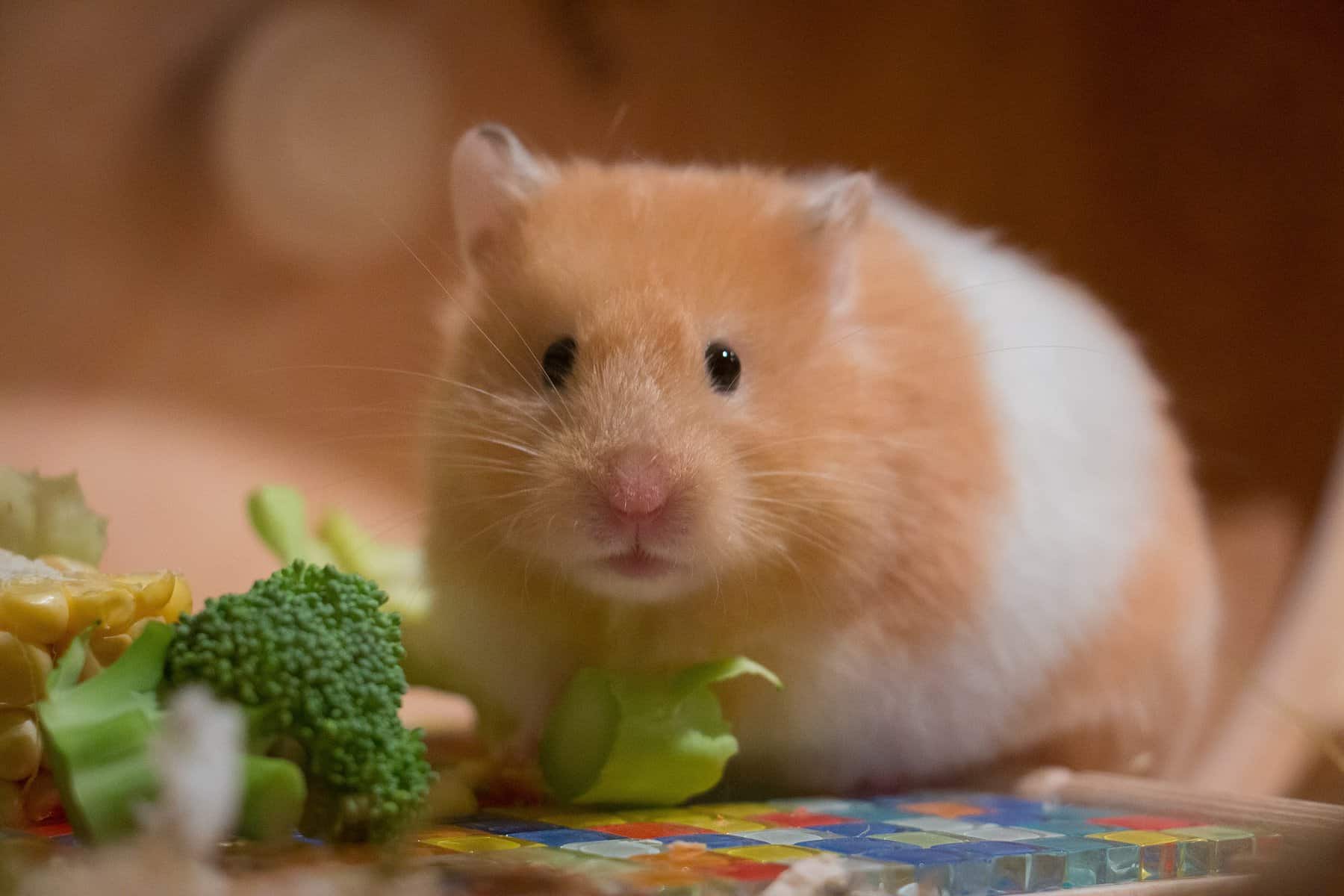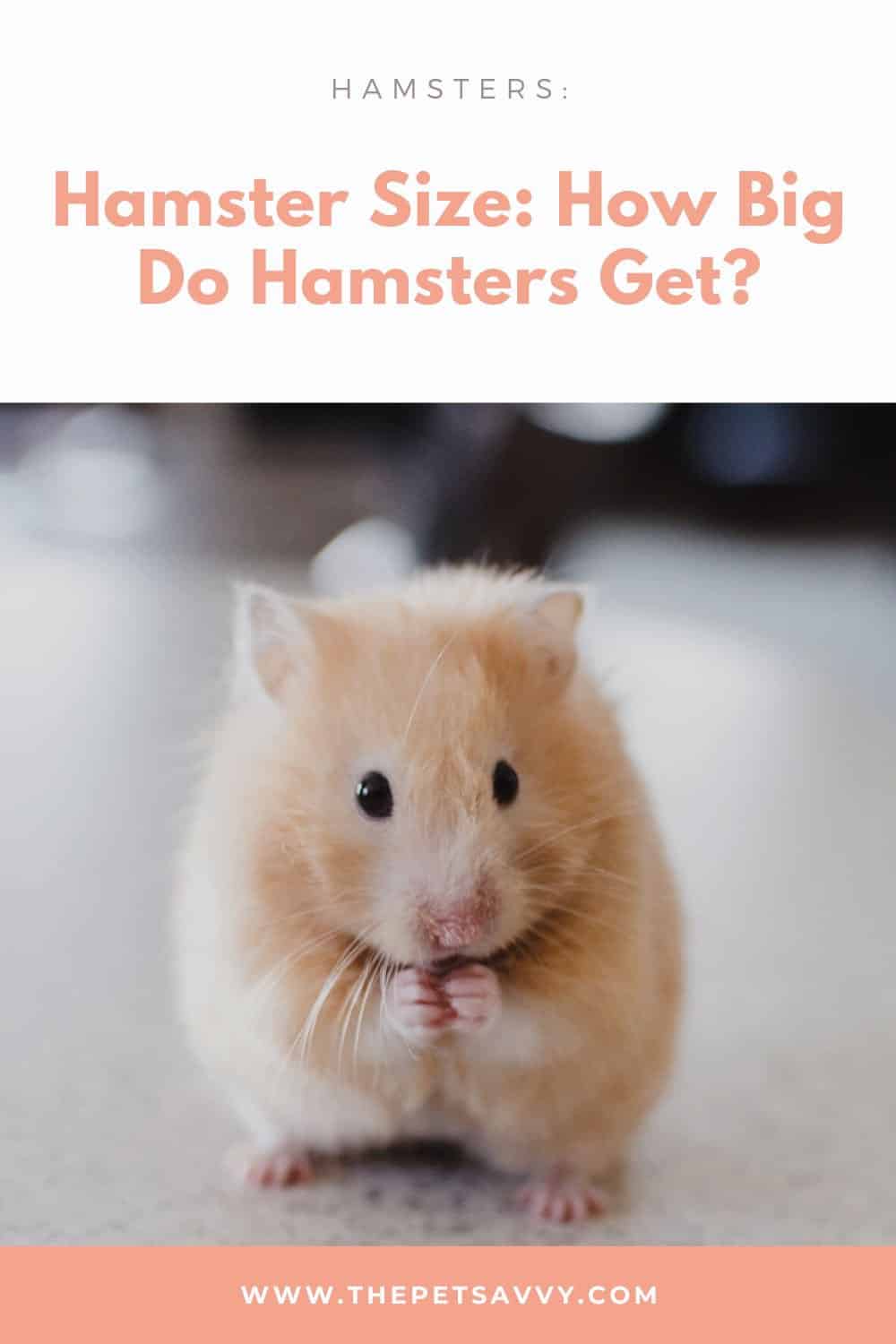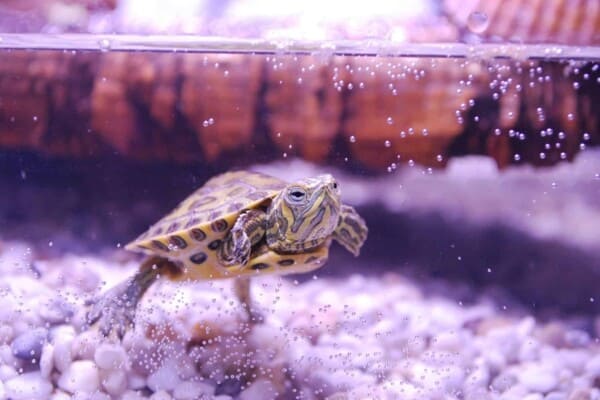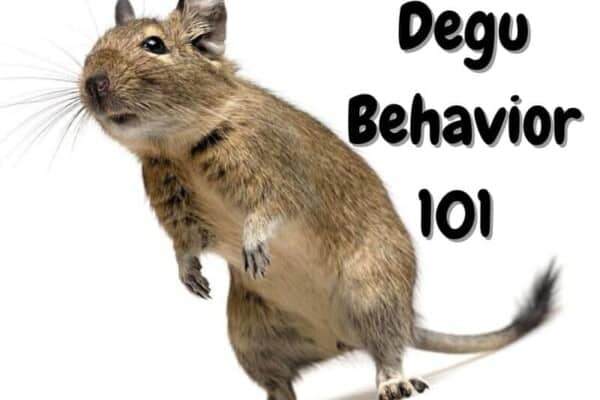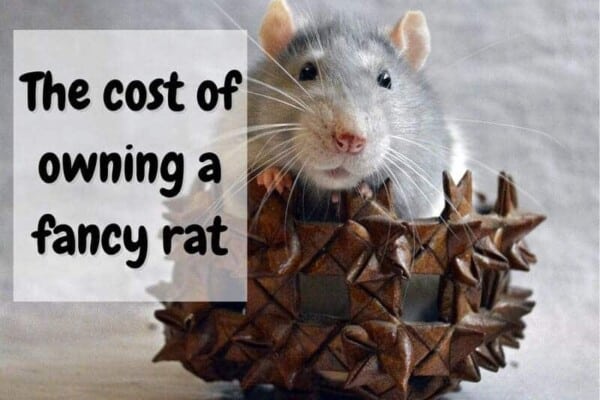A lot of people believe that hamsters are a child-only pet that you give your kids or nephews as a Christmas gift. But what these people don’t understand is the fact that hamsters are also very fun to play with as adults.
That’s because they are so low-maintenance while also being some of the cutest and most adorable little buggers you’ll ever see.
This is why so many people have started to adopt hamsters these days, but sadly these same people that spend so much money on their pet hamsters also forget to do their research before actually purchasing their pets.
And this is the exact reason why you always hear so many unpleasant stories from new hamster owners out there.
It’s because they believe that just because hamsters are low-maintenance, this also means that you don’t need to prepare yourself before actually purchasing the animal.
So, in this article we decided to answer some of the questions that you will be asking after you purchase your hamster.
And of course, this is how we get to the first and most important question that you will need to know the answer of before you actually go to your local breeder in the first place.
The question is rather simple, how big do hamsters get? But the answer may shock you, so let’s just rip the band-aid clean off and answer it:
How Big Do Hamsters Get?
If you are looking for the simple answer, then here it is: Most adult hamsters can grow anywhere between 2 to 14 inches, or 50 to 355 millimeters in length, and they can weigh in at around 0.9 to 16.2 ounces, or 25 to 459 grams each.
If that answer already provided you with all of the info you needed then thank you for dropping in and we wish you good luck ahead.
But, if you want a more concise answer then you should pay attention because there are a lot of variables to take into consideration.
For example, did you know that the reason as to why those numbers differ so much from one another is because the maximum length and weight of the hamster is almost entirely dependent on the breed alone.
But, while the breed is the best indicator as to how large your hamster will get, that doesn’t mean that it is the only factor that you should take into consideration.
What Determines Your Hamster’s Size the Most?
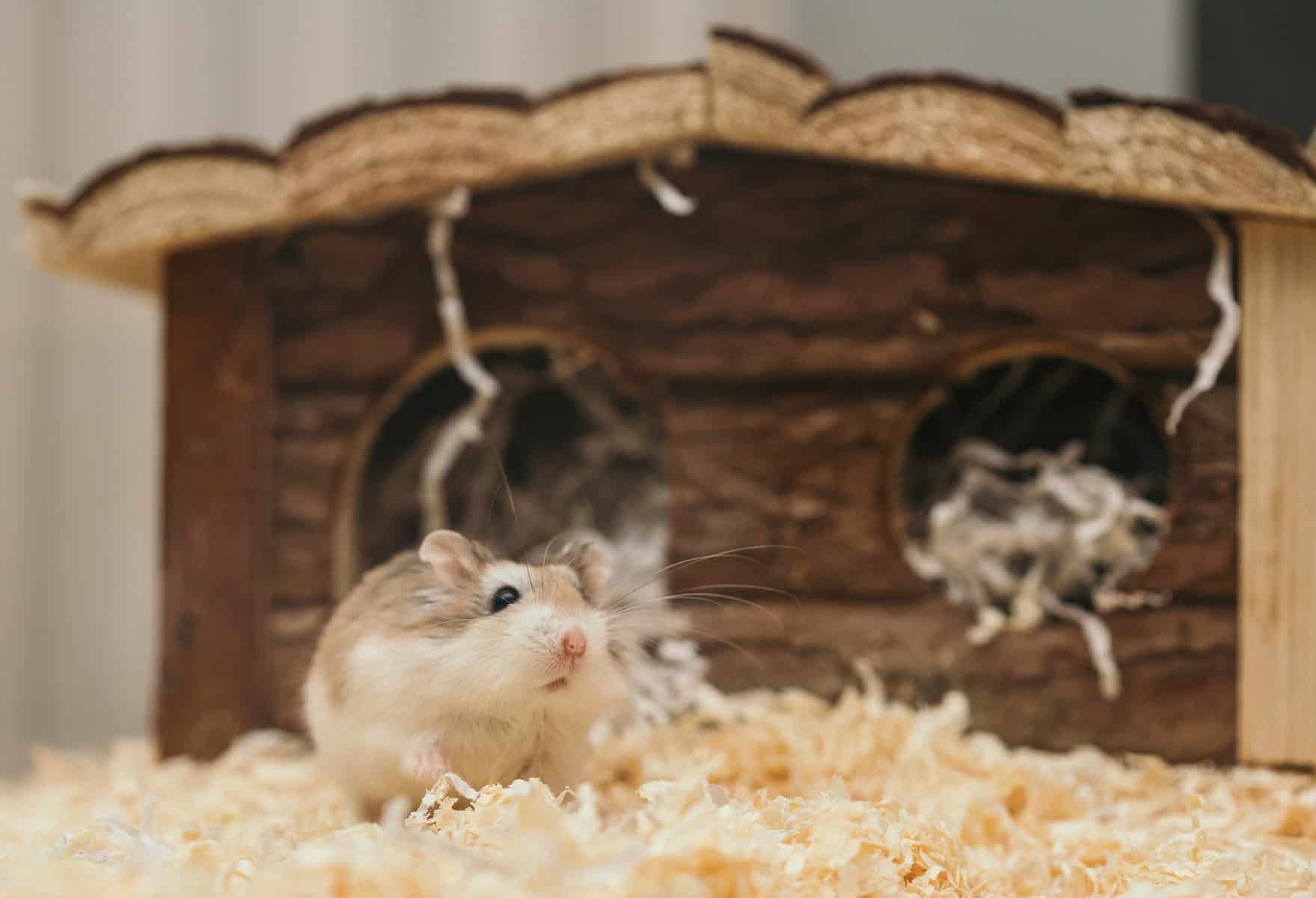
These are the biggest telltale signs that will tell you whether your hamster will be at the larger side of the spectrum or if they’ll be on the smaller side:
Breed
As mentioned previously, this is by far the key defining factor that will tell you right away if your hamster will grow big or if they’ll stay small all of their life.
While there are a few exceptions every now and then, for the most part you can quickly tell what size your hamster will get to be once they become fully-fledged adults.
Gender
As is common with most animals out there, the male hamsters are a lot bigger than the females, although this again is entirely dependent on the individual hamster too.
This also applies for humans in general, as most men are taller than women, although there are also a lot of long women out there that tower over any man.
As such, while most male hamsters are a bit on the larger side, you can also expect to find the occasional behemoth of a female hamster that dwarfs any male hamsters.
Genetics
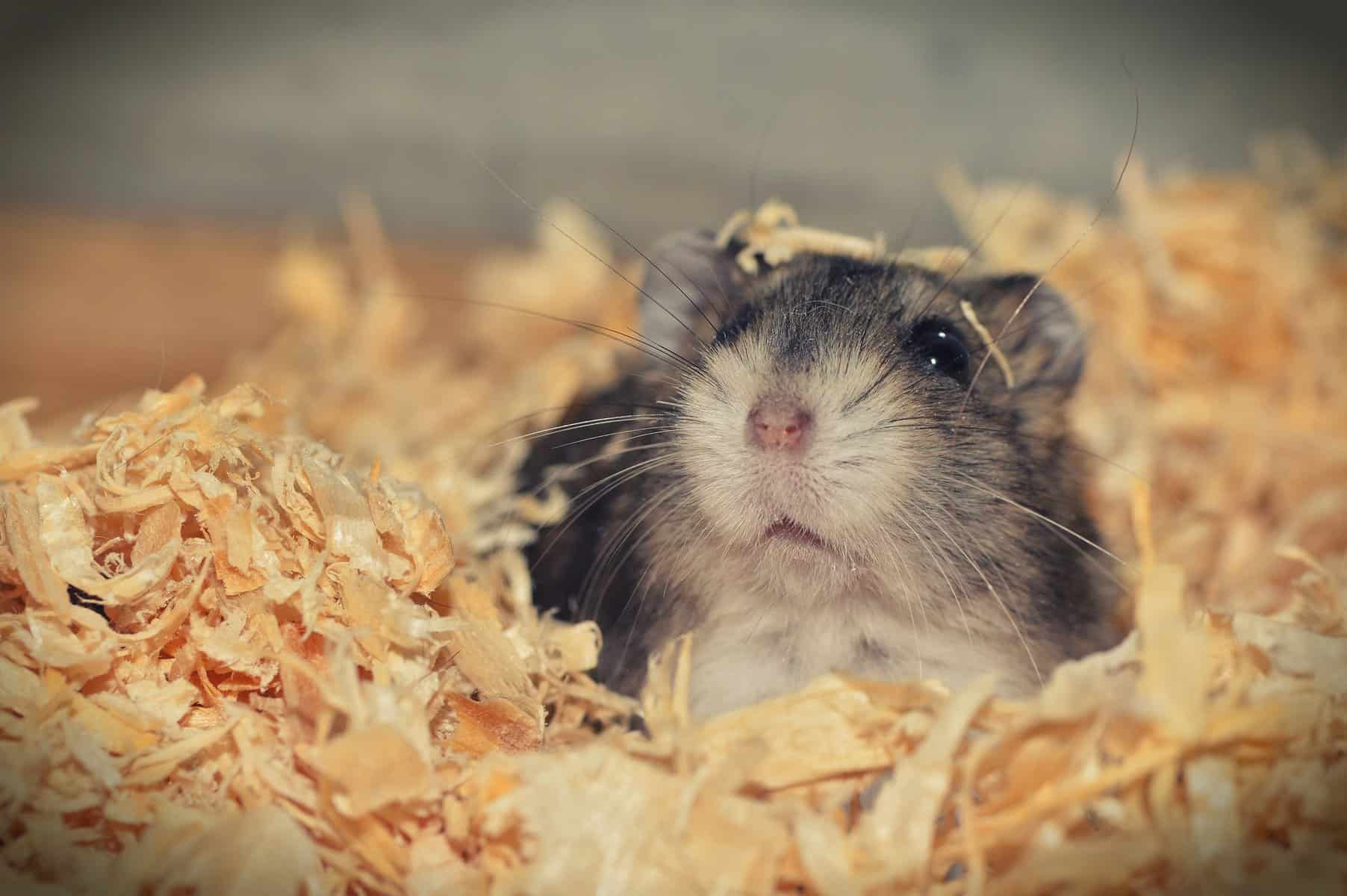
While genetics tend to play a smaller role on the overall size of the hamster than their breed, it can still manipulate their maximum size and weight too.
For example, if you breed two large hamsters together then you can expect their baby to be just as large as them.
And at the same time if you take two smaller hamsters and you breed them together, chances are that their babies will also be just as small as they are when they grow up.
While the differences tend to be minuscule, it is still worth taking into consideration as you can purposefully breed smaller or larger hamsters this way.
Litter Size
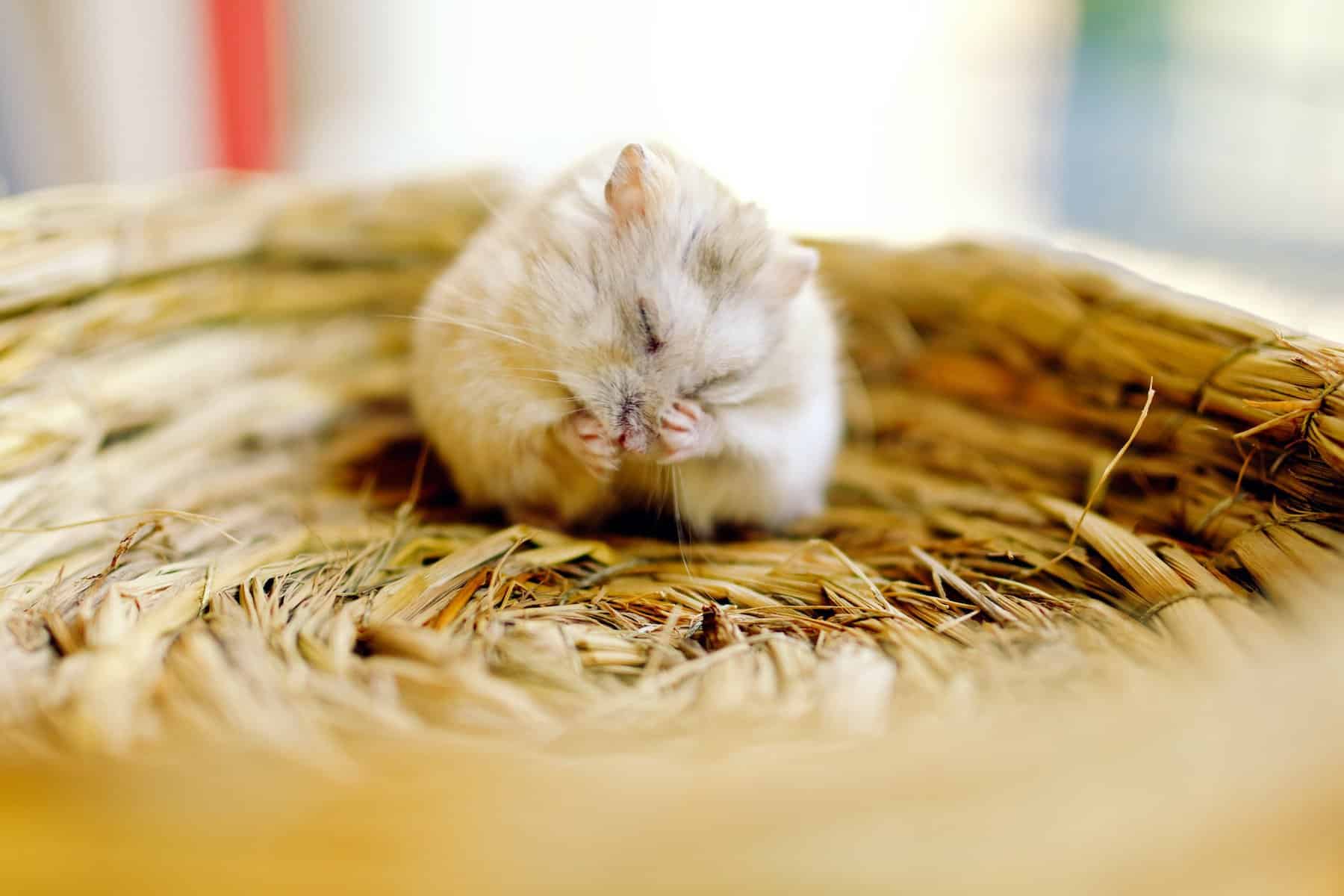
Last but not least we have the least determining factor that will dictate whether your hamster will grow up to be big and strong or small and frail.
If a hamster has a small litter, the babies tend to be on the larger side, and at the same time if the hamster ends up with a larger litter, chances are that the baby hamsters there will be on the smaller side.
This is because the more babies the hamsters will make, the less protein and nutrients they’ll get during the pregnancy, so it only makes sense that if there is less competition for these nutrients, the babies will grow up to be on the larger end.
At the same time though, you should not count this as the deciding factor when it comes to the maximum potential that the hamsters will have.
It’s just a fun little thing you can take into consideration, and while it will generally not affect your hamsters’ size, you can still note it down when the time comes.
Hamster Sizes by Breed

Alright, so now that we know every factor that goes into whether your hamster will grow large or stay small, how about we go over the most important one, the breed.
So, in this section we will be going over all 18 species of hamsters that can be found all across the globe right now and we will tell you just how large or small your pets can get.
Do keep in mind however that all of the other factors may also come into play too, and you will eventually come across the random hamster that is either way bigger than his siblings or way smaller than all of them.
With that being said, let’s start with the first breed that most people think of when they think of owning a pet hamster:
Syrian Hamster
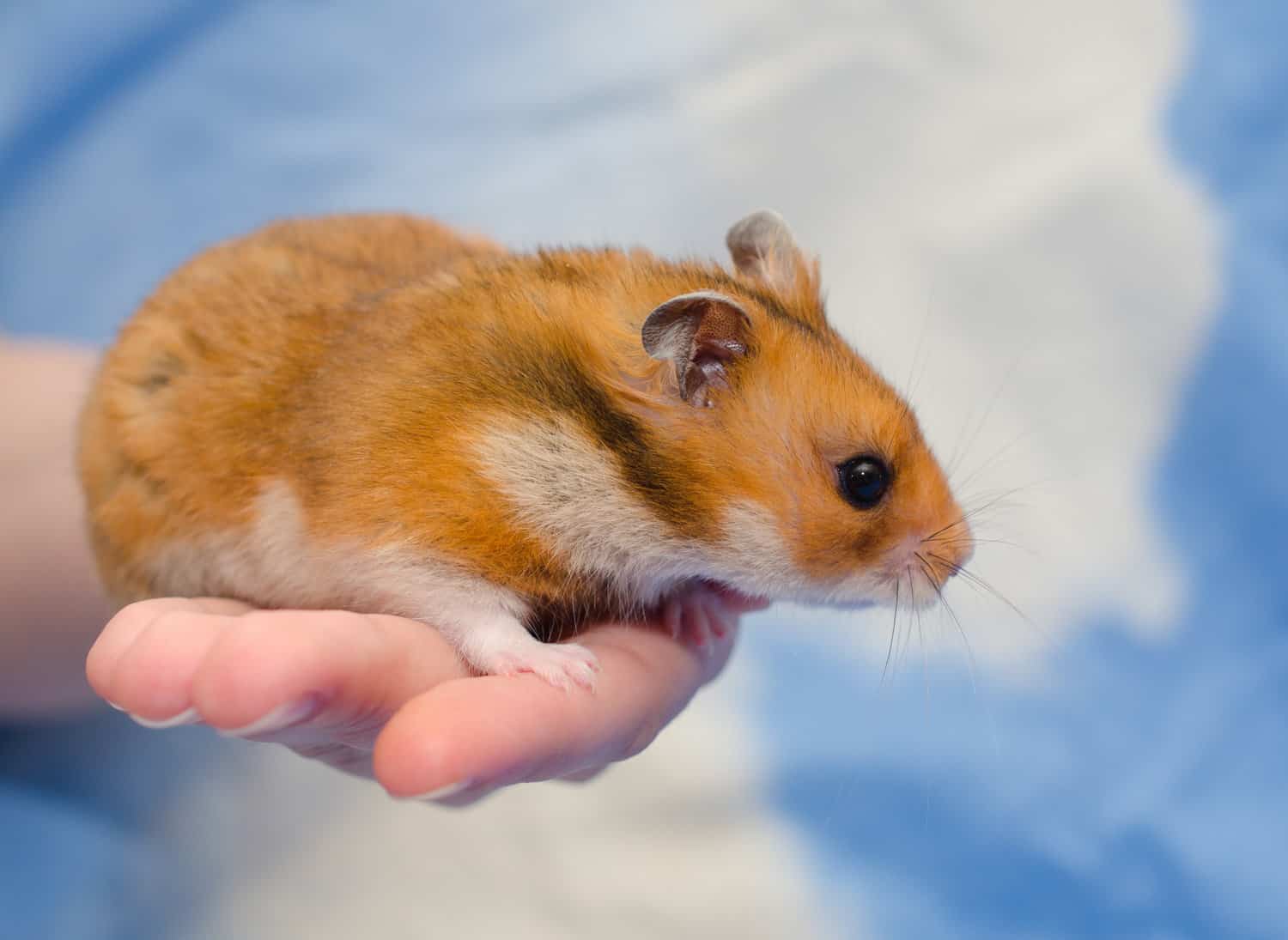
The Syrian hamster is one of the largest breeds that can be kept as a pet. As such, they’re also referred to as the golden hamsters or even the teddy bear hamsters by their owners.
So, it shouldn’t come off as a surprise that the typical Syrian hamster is around 5 to 7 inches long, or 130 to 180 millimeters, and they usually average out at around 5.1 to 6 ounces or 145 to 171 grams each.
An interesting fact that most people are shocked to hear about the Syrian hamsters though is that even though they are the largest hamsters you’ll find, they may also have some of the smallest adult hamsters.
This is a strange phenomenon that nobody can really explain, but basically every now and then you’ll just come across a really tiny adult that offsets the rest of the litter.
Roborovski Hamster
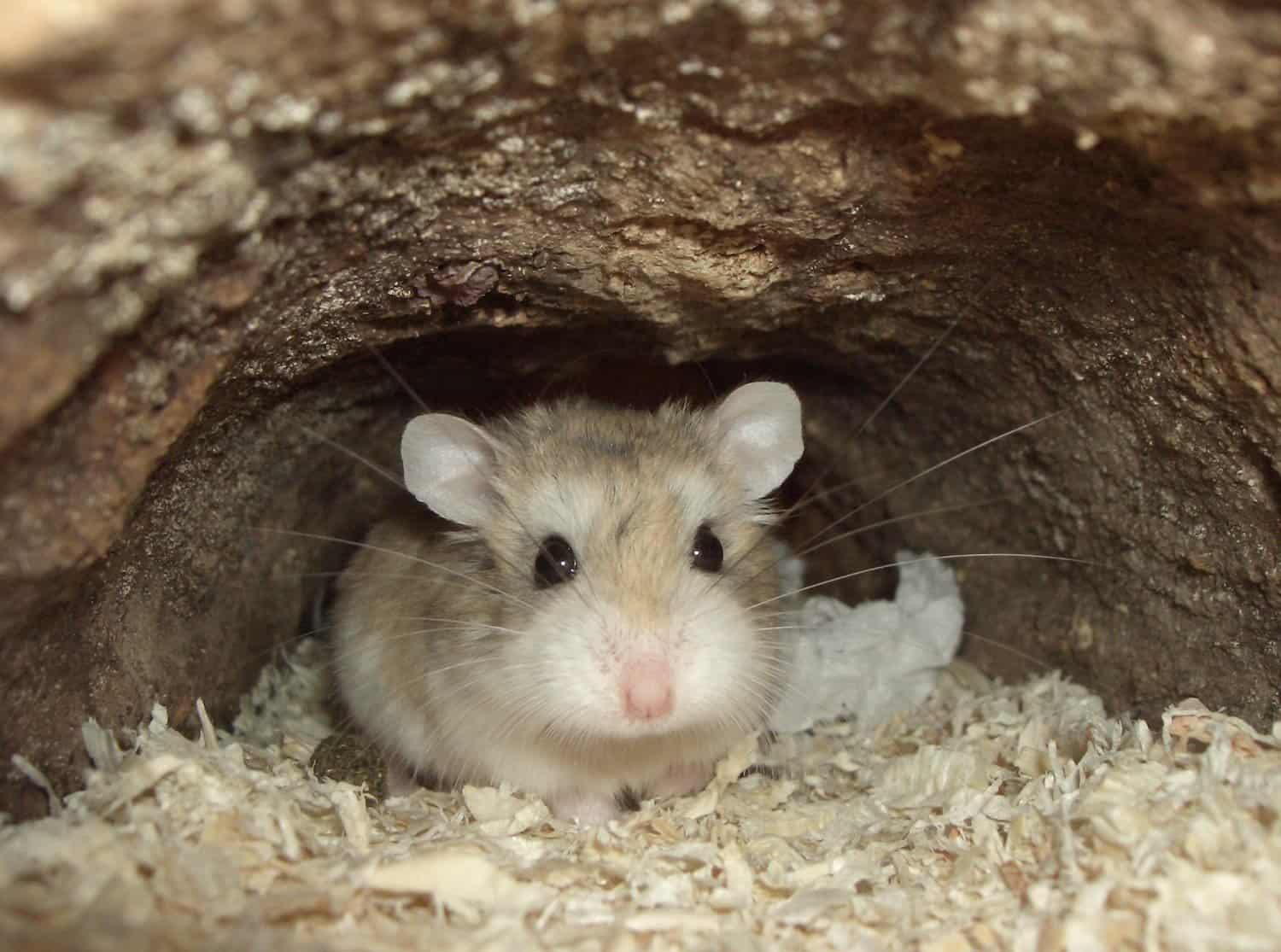
Next up on our list we have by far the smallest breed of hamster in the world, the Roborovski hamster. Because of their small size, they are a bit of a fan favorite option for small children.
Most Roborovski hamsters get to be around 1.8 to 2 inches or 450 to 500 millimeters long, and they tend to weigh in at around 0.7 to 0.9 ounces or 20 to 25 grams each.
If you do want such a small pet around your house, you should know that you will need to find a custom cage for them as they are so small that they can easily escape through the bars in most cases.
Dwarf Campbell’s Russian Hamster
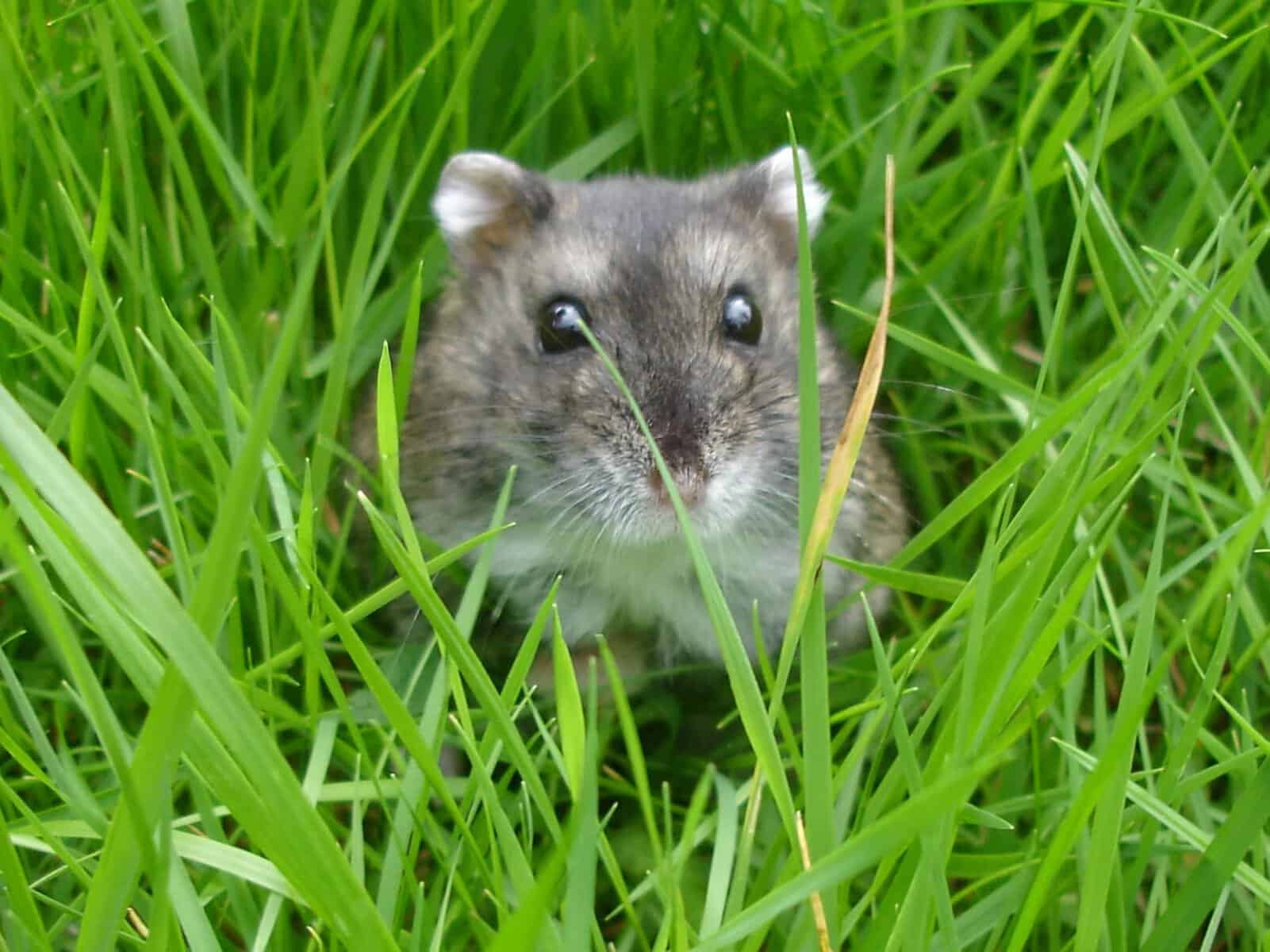
Also commonly referred to as the Russian hamsters, this is a very popular pet choice around Mongolia, China, Russia and Kazakhstan.
They can get to be around 2 to 4 inches or 55 to 105 millimeters long and they tend to weigh in at around 1.5 to 2 ounces or 40 to 60 grams each.
Dwarf Winter White Russian Hamster
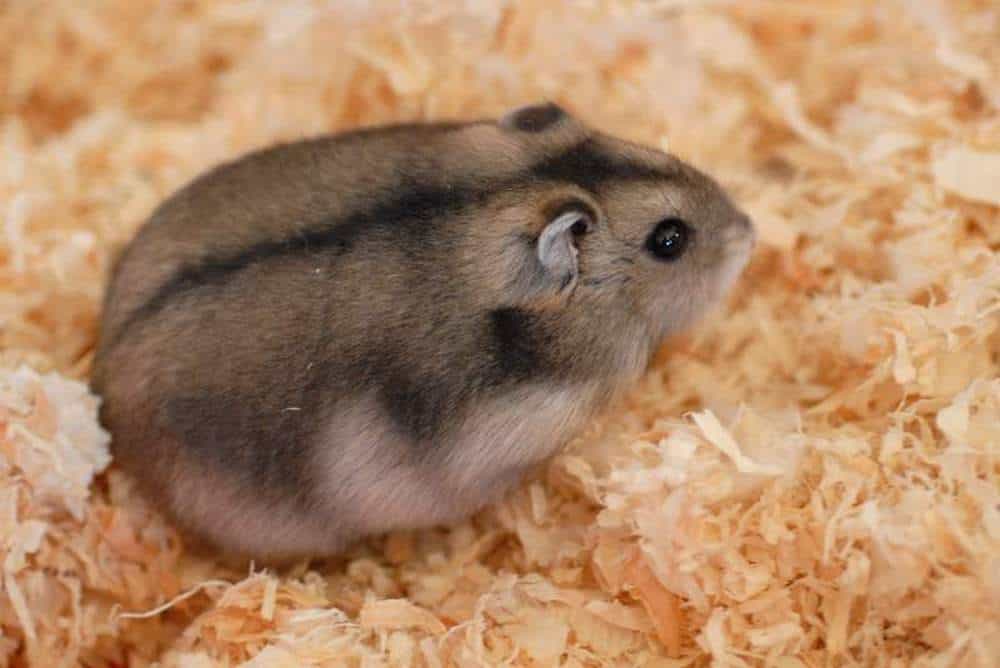
The Dwarf Winter White Russian hamster is actually very similar to Campbell’s hamster, although it is a bit smaller on average than it.
For one, the White hamster is only around 2.7 to a maximum of 3.5 inches or 70 to 90 millimeters in total. Weight wise White hamsters are around 0.7 to 1.6 ounces or 19 to 45 grams each.
Chinese Hamster

The Chinese hamster is by far one of the most popular options on the market right now, and even though it does originate from China, as the name implies, it is pretty much widespread by now.
Most of them range between 3.2 and 5 inches or 82 and 127 millimeters each, and weight wise you can expect them to be around 1.1 to 1.6 ounces or 30 to 45 grams each.
Armenian Hamster
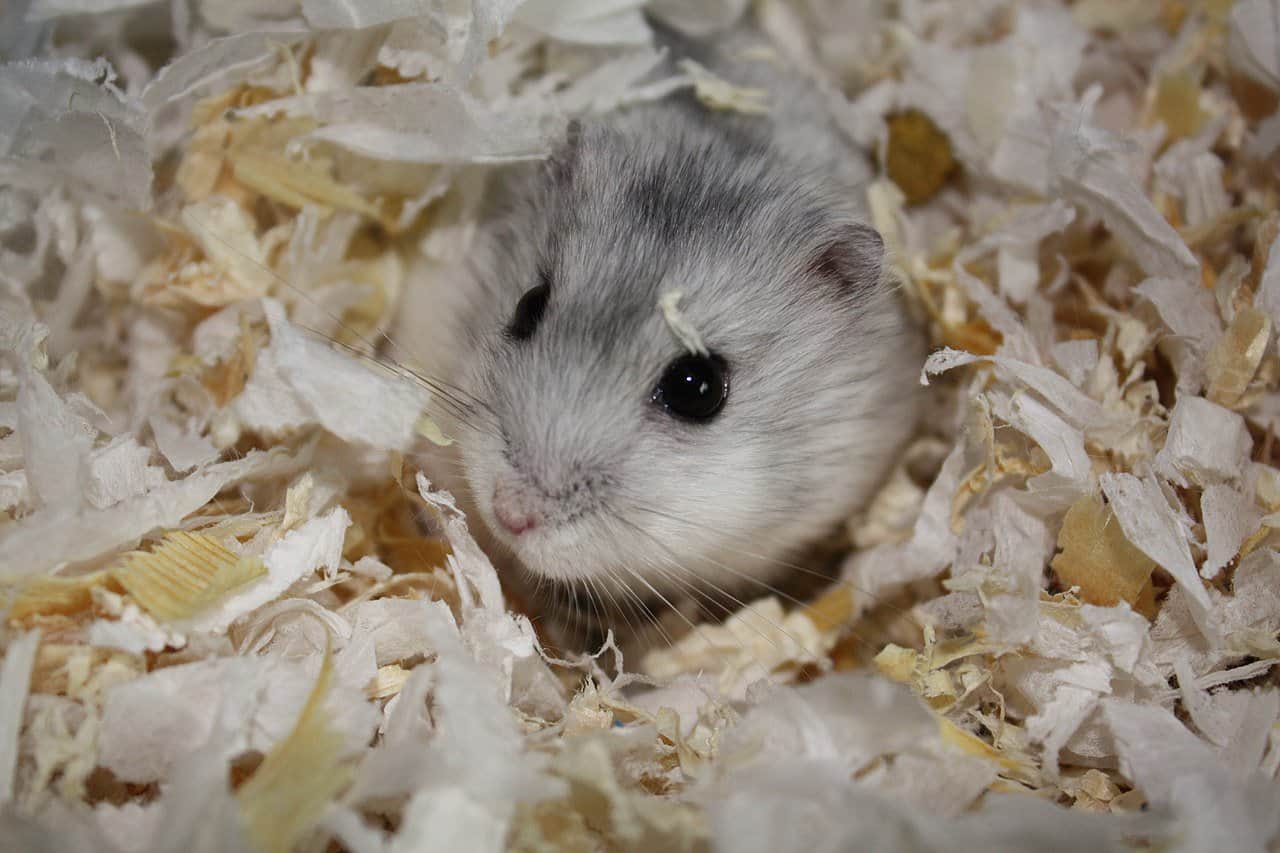
The Armenian hamster, also commonly referred to as the Dwarf Grey hamster or even the Migratory hamster, can be found all throughout Europe and Asia.
Most of them are around 3.3 to 4.7 inches or 85 to 120 millimeters long, although weight wise it is entirely dependent on the diet that you provide them with, as in some cases they can easily get heavier than 2.0 ounces or 58 grams and in others they can weigh s little as 1.1 ounces or 31 grams each.
Chinese Striped Hamster
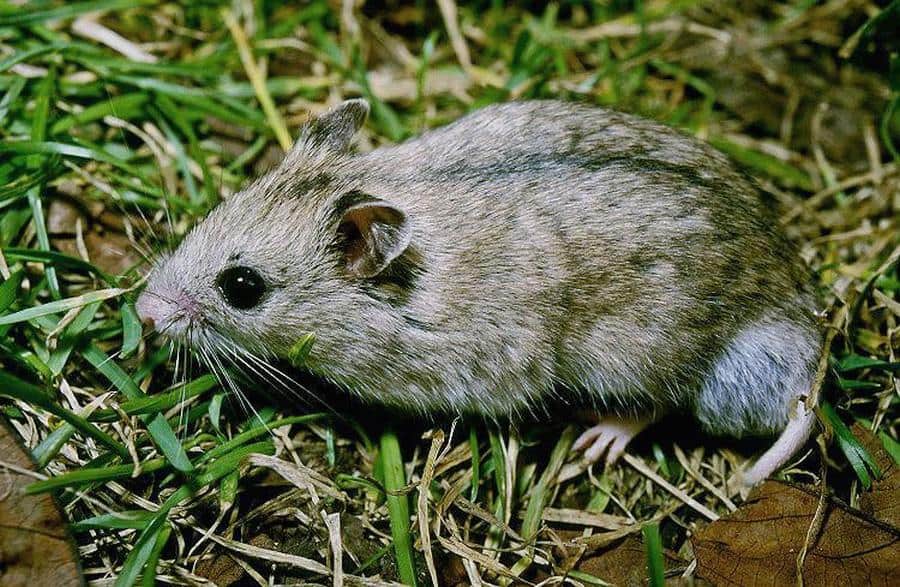
A lot of people mistake the Chinese Striped hamster for the Chinese hamster, but they couldn’t be further from the truth.
The Chinese Striped hamsters can only be found in the wild and they can’t be bought at any pet store. As such, if you find one at your local breeder, just know that they’re not domesticated.
Even so, most of them are as long as 2.8 to 4.6 inches or 72 and 116 millimeters, and they tend to weigh in at around 0.7 to 1.2 ounces or 20 to 35 grams each.
Ciscaucasian Hamster
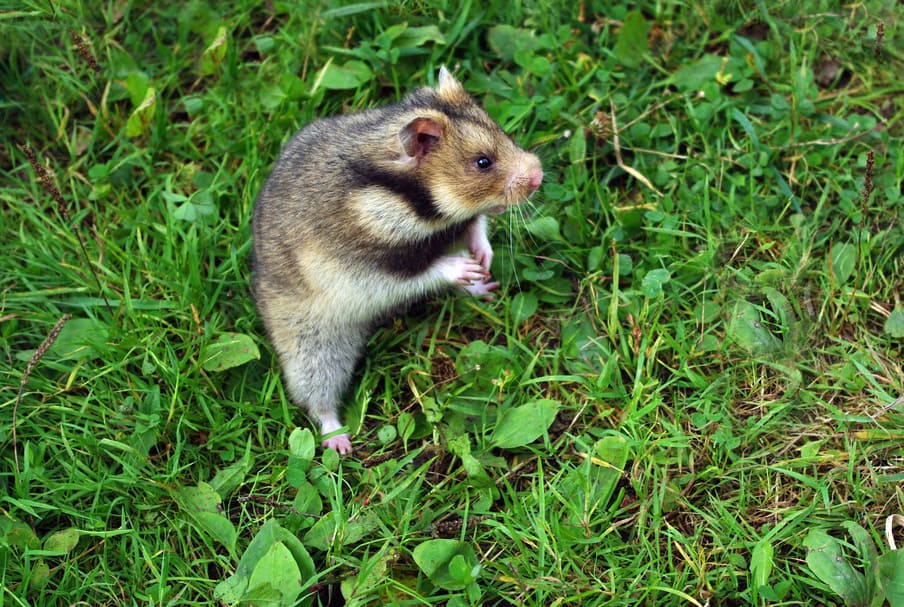
These hamsters can only really be found in some parts of Georgia and Russia, and as such the breed is also known as the Georgian hamster by many.
As far as the general size is concerned, most Ciscaucasian hamsters range between 9 and 11 inches or 228 and 280 millimeters respectively.
In some cases, as far as the weight is concerned, they can get between 2.1 and 3.5 ounces or 60 and 105 grams each.
European Hamster
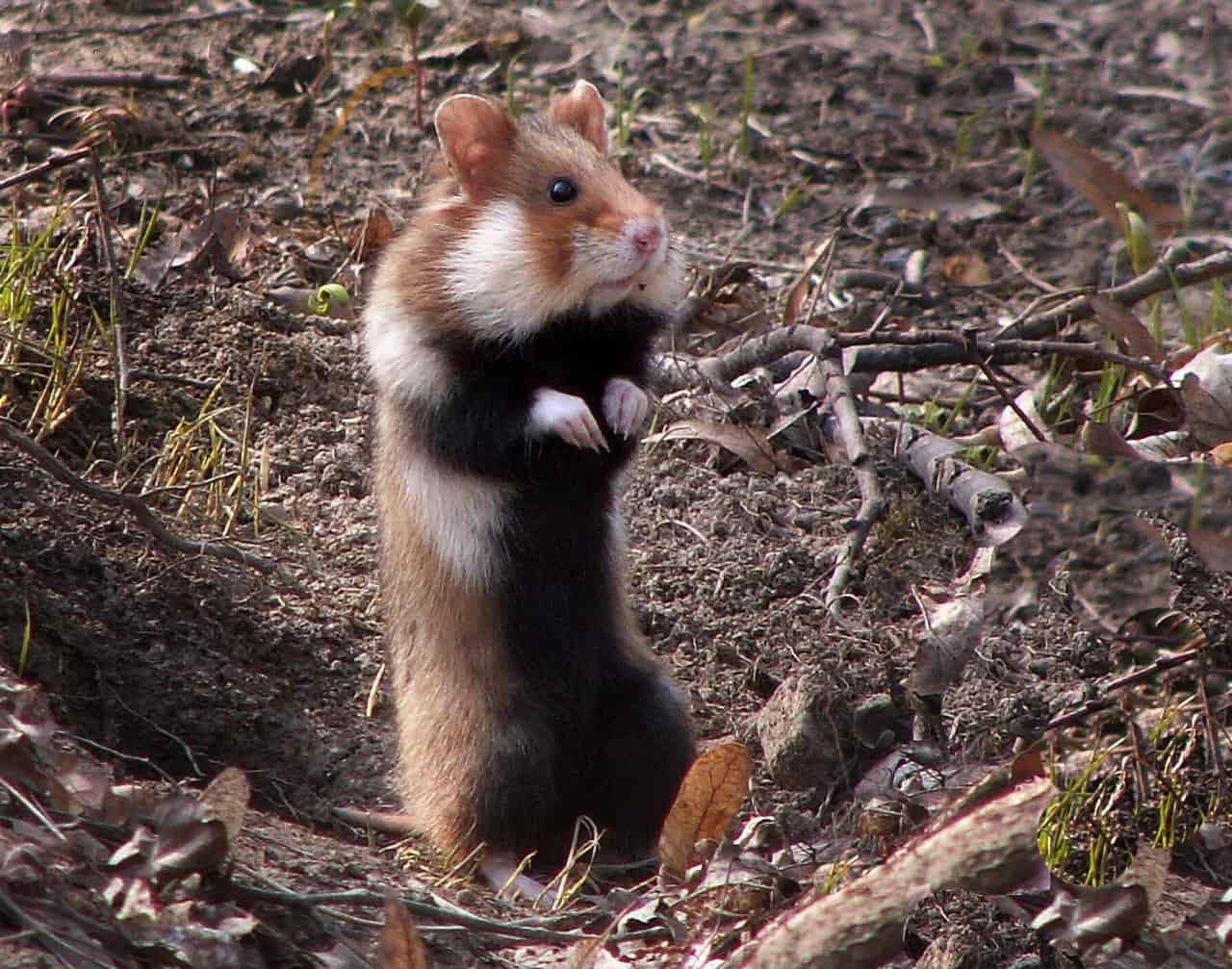
By far one of the largest species of hamsters around, the European hamster can unsurprisingly be found all across Europe.
It is also referred to as the Black-Bellied hamster, and it ranges between 8 and 14 inches or 200 and 350 millimeters respectively.
Weight wise you can expect most of them to weigh in at around 7.8 and 16.2 ounces or 220 and 460 grams each.
Eversmann’s Hamster
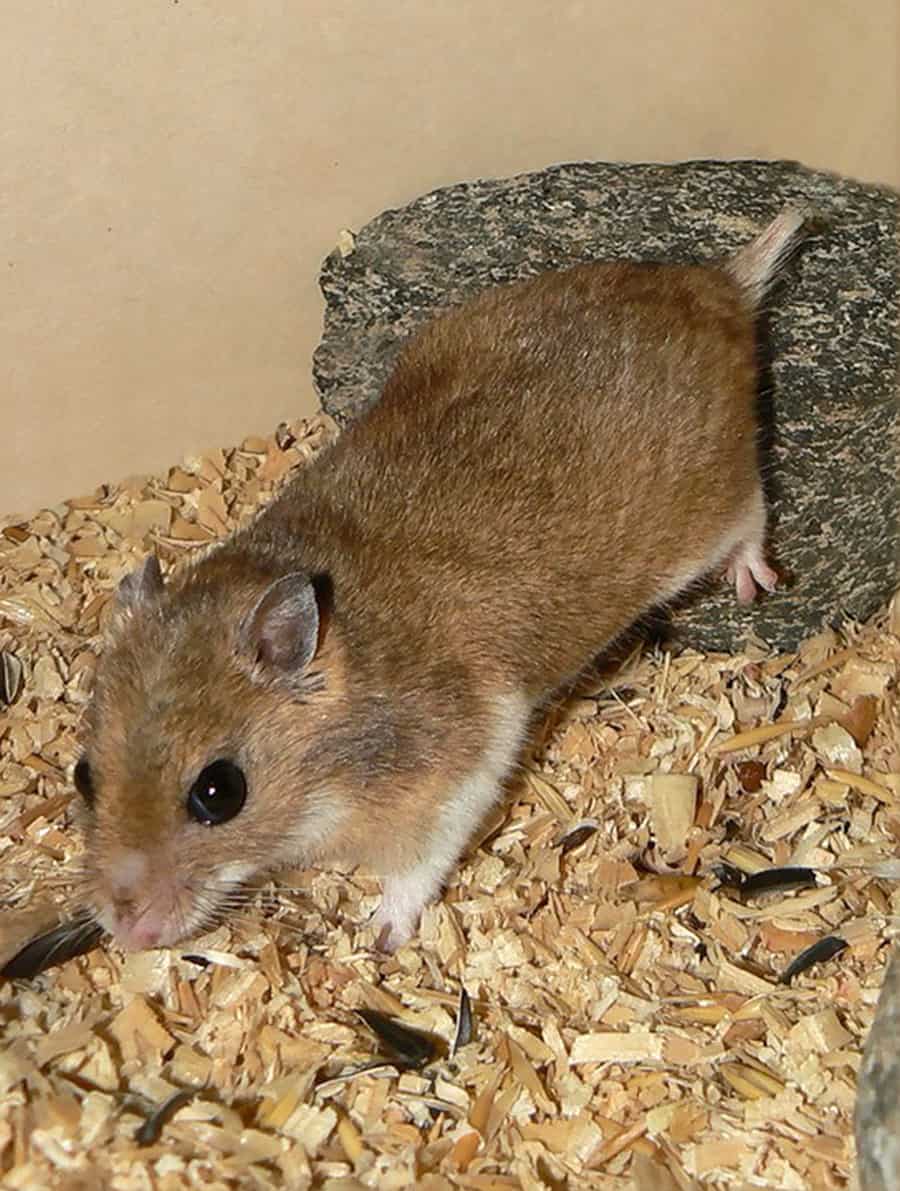
We actually don’t know all that much about this species except for the fact that it was named after the famous Russian explorer and biologist Alexander Eduard Friedrich Eversmann.
Most of these hamsters are around 5 to 6 inches or 136 and 160 millimeters each though, and they tend to weigh in at around 2.3 and 2.7 ounces or 65 to 76 grams each.
Ladakh Hamster
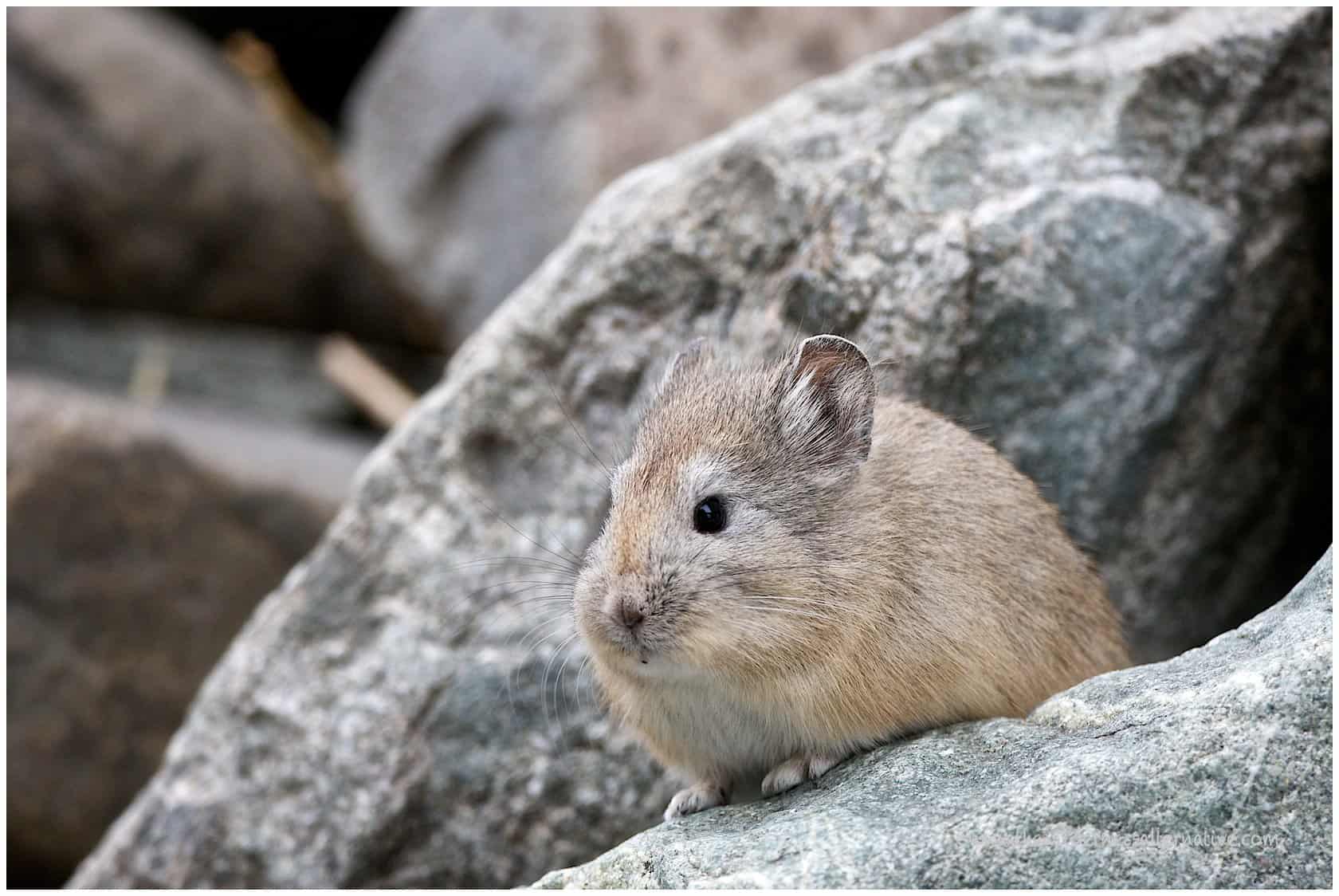
This hamster species is also referred to as the Tibetan hamster, and it can be found all across Tibet, China, India and Nepal.
Most of them are around 3.5 to 5 inches or 89 and 127 millimeters each, and when it comes to their general weight, you can expect them to be around 1.2 to 1.6 ounces or 34 and 45 grams each.
Lesser Long-Tailed Hamster
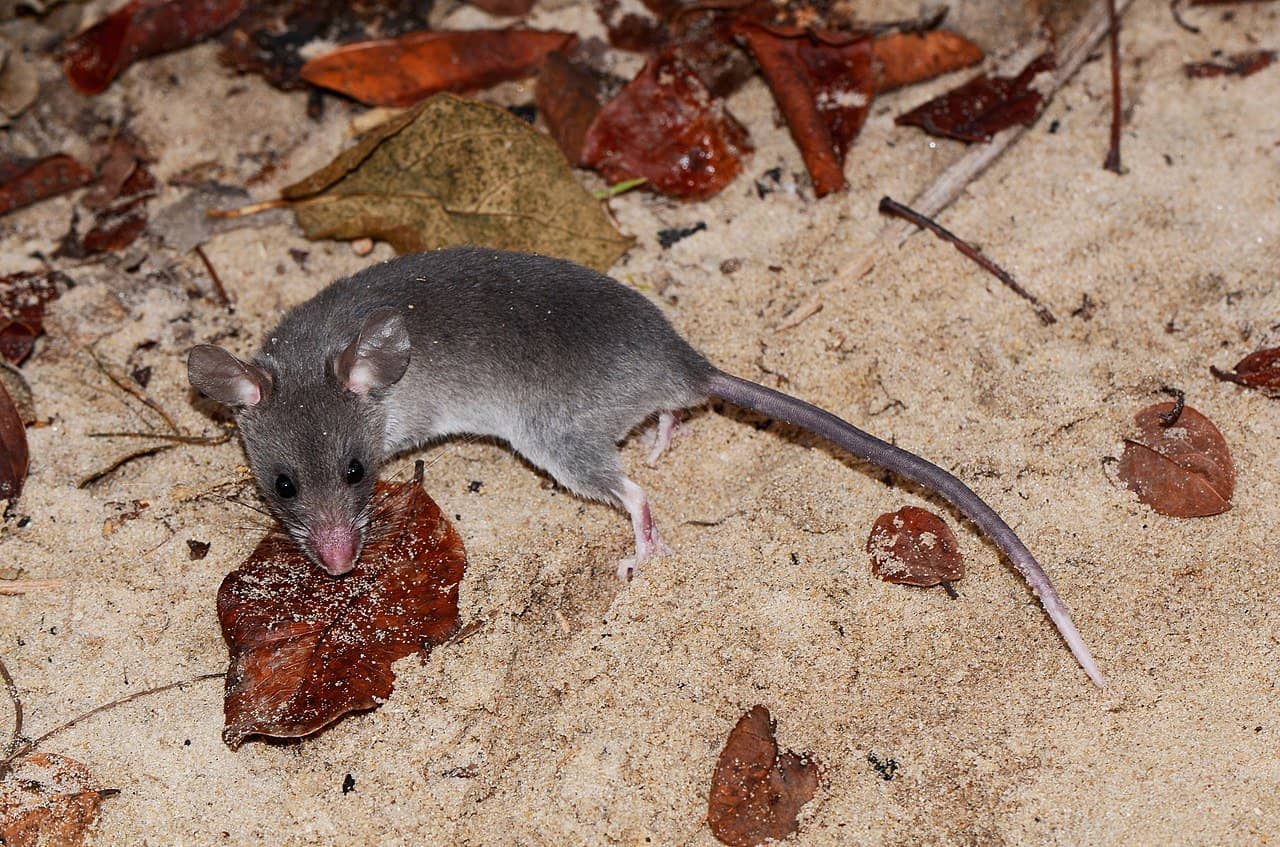
This hamster breed is known for having a tail the size of a third of the length of their body, which is way larger than what most other hamsters have.
Size wise though, you can expect your Lesser Long-Tailed hamster to be as long as 3.4 to 5.3 inches or 85 and 135 millimeters each. Weight wise, they rarely get heavier than 1.3 to 1.7 ounces or 36 to 50 grams each.
Mongolian Hamster
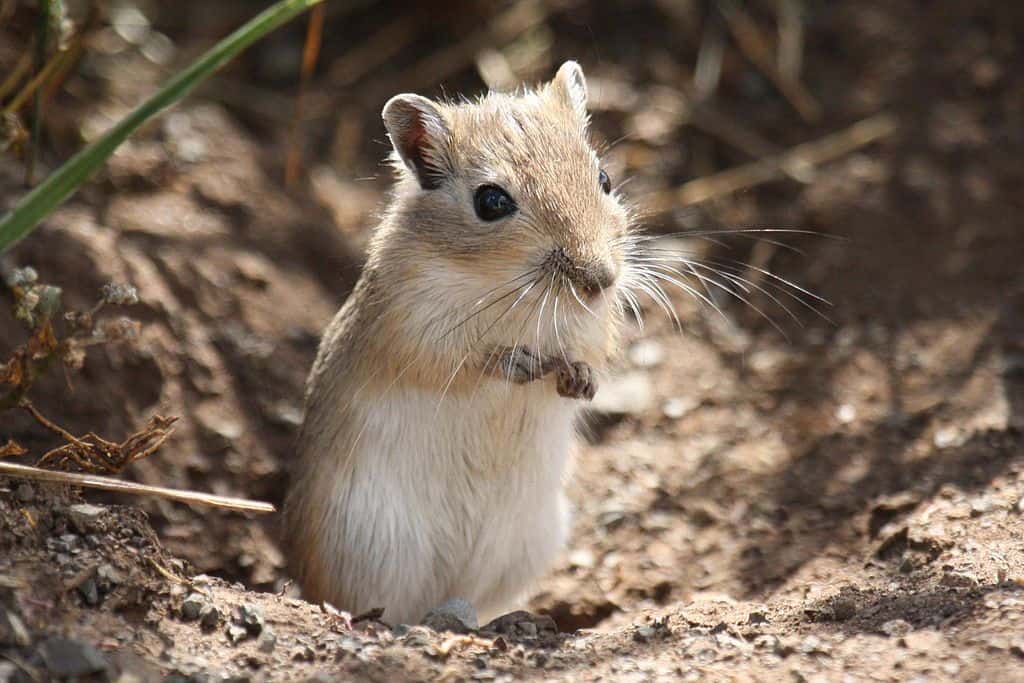
Yet another small hamster species, the Mongolian hamster is a close relative of the Eversmann’s hamster, although it does differ a lot when it comes to its size and weight.
For one, most Mongolian hamsters are as long as 5 to 6 inches or 136 and 160 millimeters respectively, while when it comes to their weight, most of them get as heavy as 2.3 to 2.7 ounces or 65 to 76 grams each.
Gansu Hamster
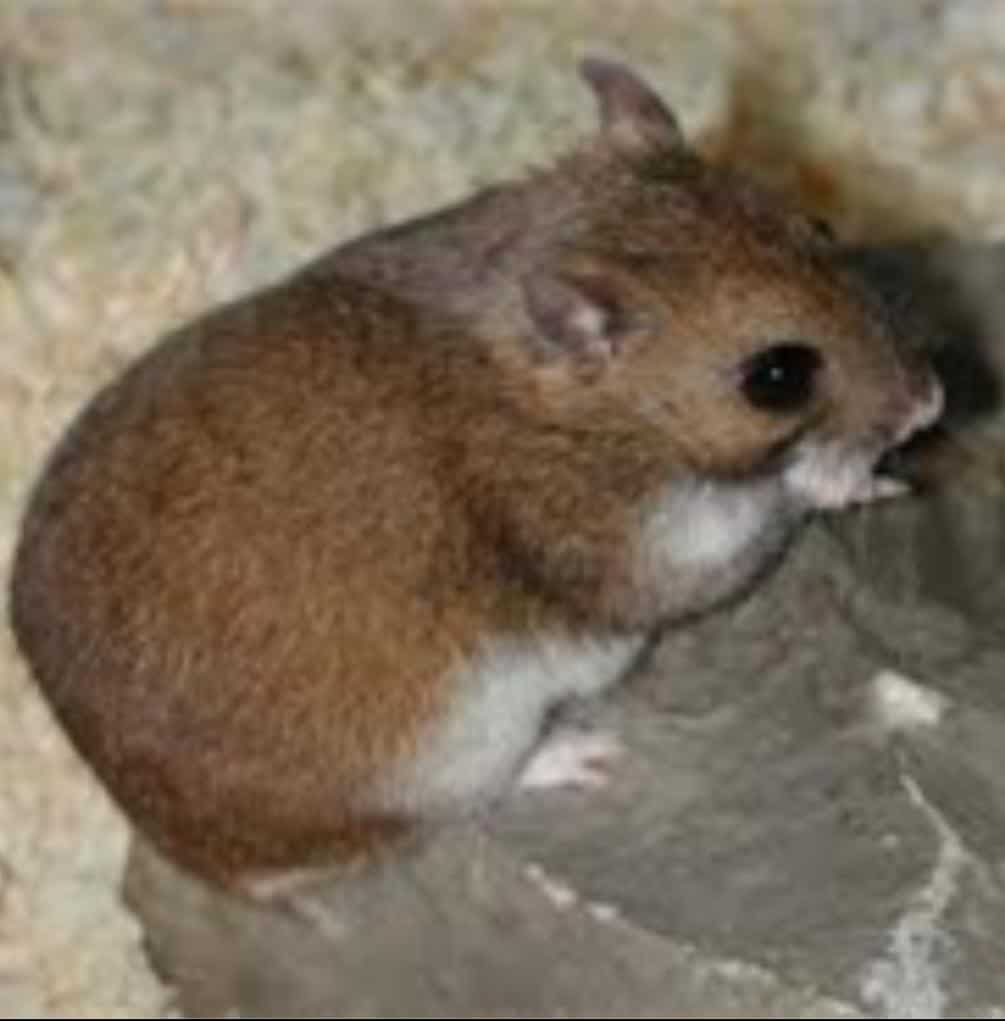
Even though they were originally discovered and captured back in the 20th century, they were never fully domesticized, which is why they have not been sold as pets even to this day.
But regardless, most Gansu hamsters are as long as 5 to 6 inches or 136 and 160 millimeters each, and they tend to weigh in at around 2.3 and 2.7 ounces or 65 and 76 grams each.
Greater Long-Tailed Hamster
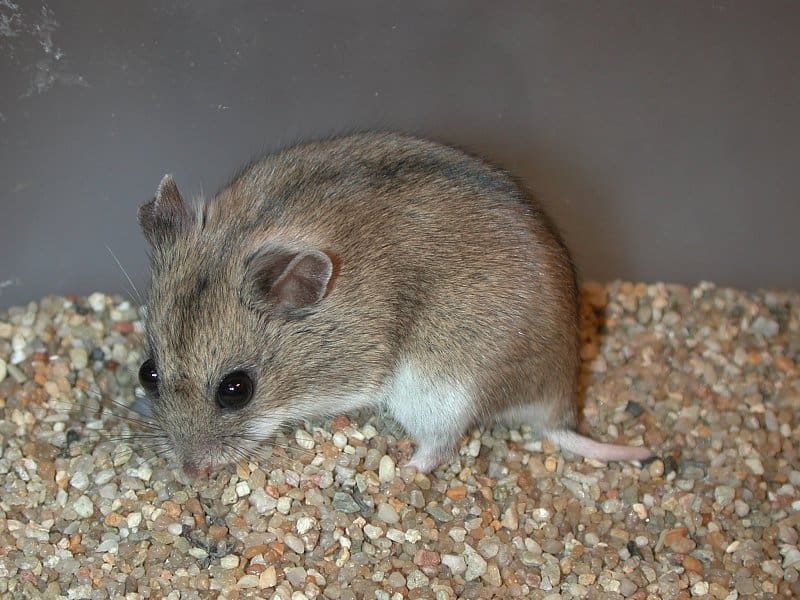
While this hamster was considered to be a pest for thousands upon thousands of years now, there has been an attempt to normalize keeping them as pets in the past couple of years in South Korea.
Most Greater Long-Tailed Hamsters are around 4 to 6 inches or 120 and 160 millimeters each, and weight wise most of them range between 1.4 and 1.8 ounces or 40 to 52 grams each.
Romanian Hamster
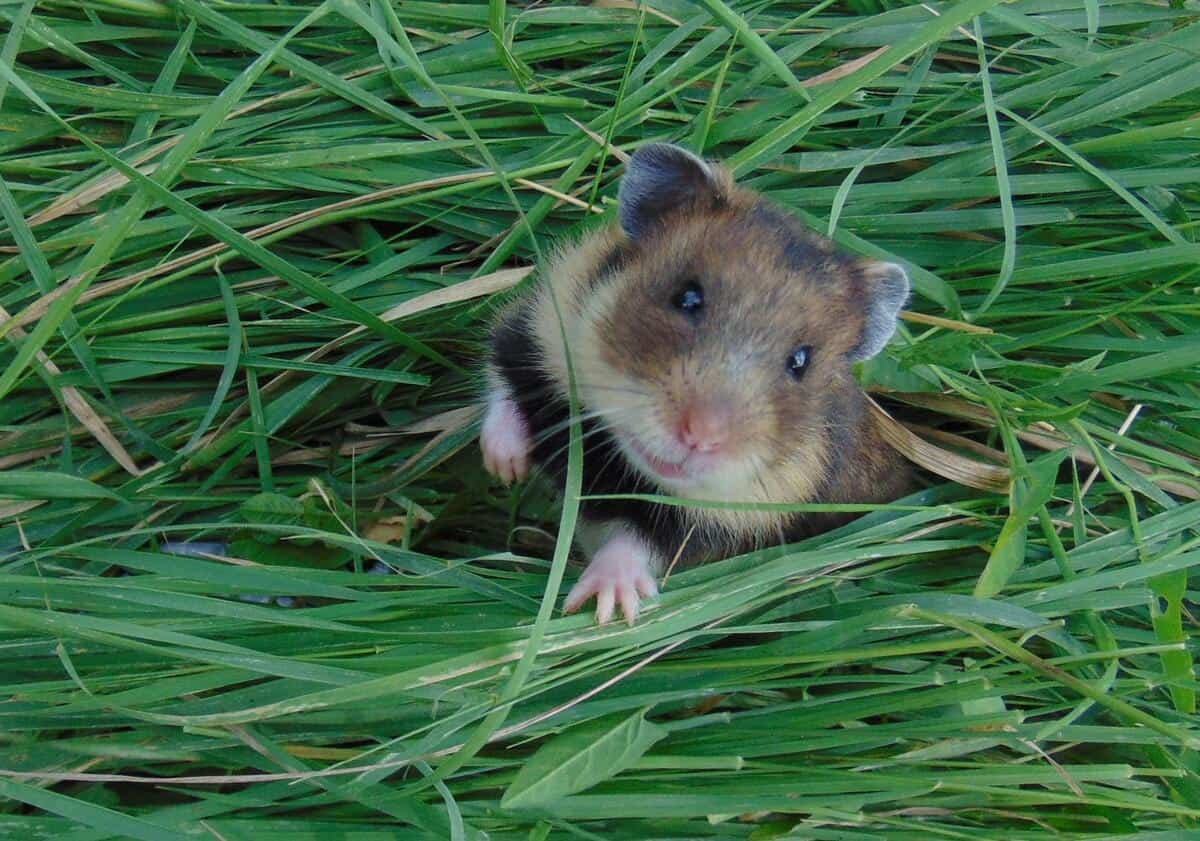
Also commonly referred to as the Dobrudja hamster, this breed can be found primarily around Romania but it is also quite popular around Bulgaria.
Most Romanian hamsters range between 6 and 7 inches or 152 and 180 millimeters respectively. At the same time, most of them are as heavy as 3 to 4 ounces or 80 to 115 grams each.
Tibetan Hamster
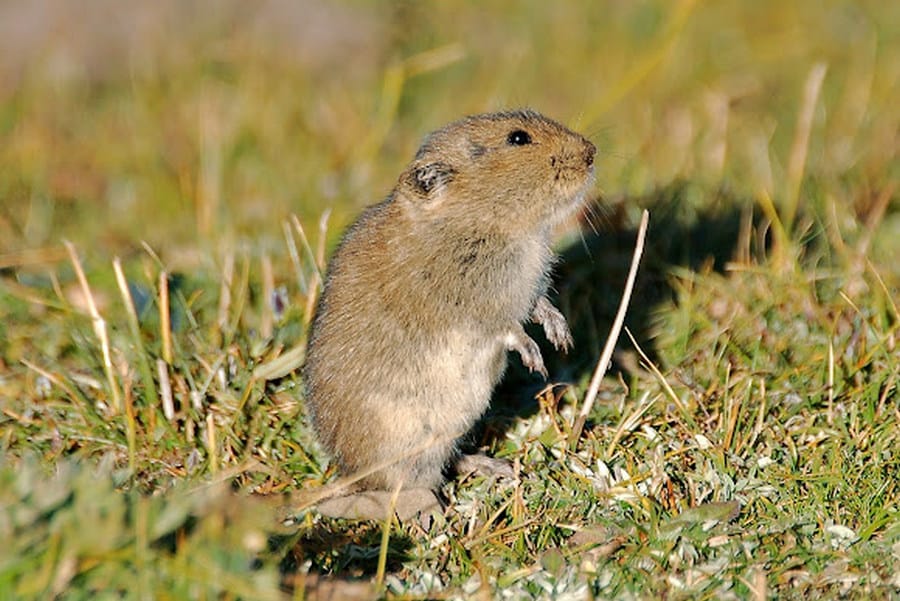
The Tibetan hamsters are very popular around China, where they are referred to as the Kam Dwarf hamsters. Even though there aren’t all that many of them around, they are not considered to be endangered by any means either.
Most of them are as long as 3.5 to 4.4 inches or 88 and 112 millimeters respectively. As far as their general weight is concerned, most of them are quite lightweight, weighing in at around 1.2 and 1.6 ounces each.
Turkish Hamster
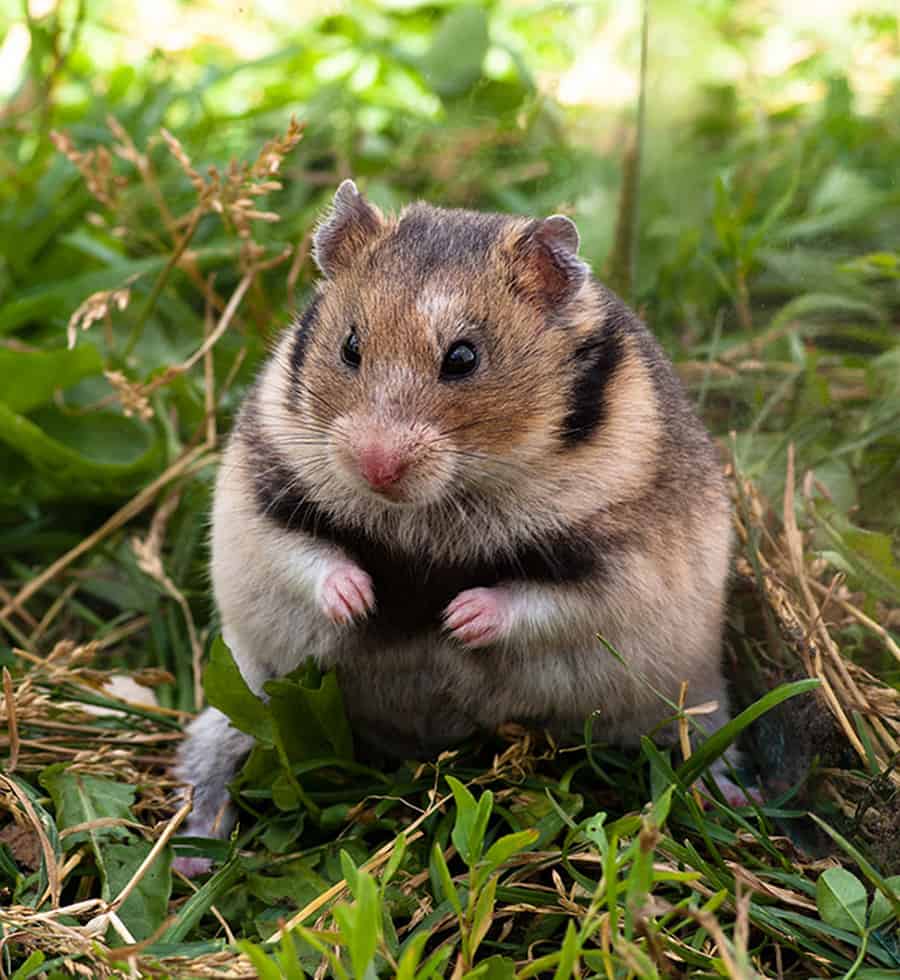
The Turkish hamster is known as a close relative of the Syrian hamster, but in some circles it is mostly referred to as the Azerbaijani hamster.
Even though they can be kept as pets, they very rarely are, simply because there are a lot more favorable options on the market for the locals.
With that being said though, most Turkish hamsters are around 5 to 7 inches or 130 to 180 millimeters long.
Weight wise, this is very much so dependent on the hamster itself, but you can still expect most of them to be around 5.1 and 6 ounces or 145 and 171 grams each.
Conclusion
Hopefully now you have your answer and you know very well how big these hamsters get. Just keep in mind that while the breed is the main denominator as to how large your hamster is, chances are that your hamsters will still vary in length and weight depending on the other factors we went over.
Still, we don’t see why any of this would be considered to be a negative, because unless you’ve already prepared for a certain sized pet and you can’t accommodate for their size, this shouldn’t be a problem in the slightest.
Contents
- How Big Do Hamsters Get?
- What Determines Your Hamster’s Size the Most?
- Hamster Sizes by Breed
- Syrian Hamster
- Roborovski Hamster
- Dwarf Campbell’s Russian Hamster
- Dwarf Winter White Russian Hamster
- Chinese Hamster
- Armenian Hamster
- Chinese Striped Hamster
- Ciscaucasian Hamster
- European Hamster
- Eversmann’s Hamster
- Ladakh Hamster
- Lesser Long-Tailed Hamster
- Mongolian Hamster
- Gansu Hamster
- Greater Long-Tailed Hamster
- Romanian Hamster
- Tibetan Hamster
- Turkish Hamster


